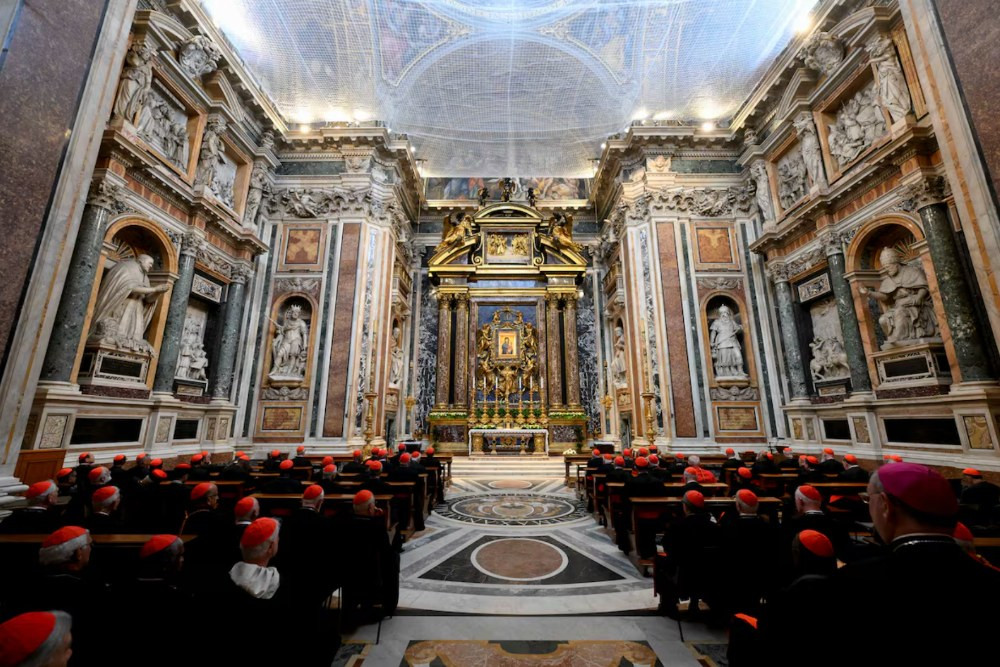
HelloMalang, JAKARTA – Traveling today is no longer just an occasional escape from work or a chance to recharge. For many, it has become a lifestyle—an inseparable part of modern identity.
People chase sunsets across continents, stroll along cobblestone streets in ancient cities, and lose themselves in places that look like dreams. Yet increasingly, these dreamscapes are becoming overcrowded.
According to the latest World Tourism Barometer published by the United Nations World Tourism Organization (UNWTO), some 1.4 billion people traveled abroad in 2024. Tourism has indeed revitalized many local economies, providing income for artisans and small businesses. But it has also left some of the world’s most treasured destinations struggling under the constant pressure of mass tourism.
One of the starkest examples is Venice, Italy. Its gondolas, canals, and centuries-old bridges remain irresistible for visitors, but the sheer crush of tourists has made the city feel hollow beneath the surface. The irony is clear: while vacations should allow people to slow down, breathe, and savor, finding places that truly allow such experiences has become more difficult.
In July, safari operator Go2Africa published a list of destinations most affected by overtourism destinations where beauty and popularity now collide. Here are nine of the most heavily burdened:
1. Vatican City
The world’s smallest country, with only 882 residents, receives more than 6.8 million visitors annually. Within this tiny enclave lie treasures of civilization—the Sistine Chapel ceiling painted by Michelangelo, the vast St. Peter’s Basilica, and the Vatican Museums. For travelers, art enthusiasts, and the faithful alike, the experience is magnificent but crowded, with queues that can stretch for hours.
2. Andorra
Nestled in the Pyrenees, Andorra is home to fewer than 82,000 residents but welcomes 9.6 million visitors every year. Tourists flock for tax-free shopping, alpine skiing, and dramatic hiking trails. Yet with ski jackets filling the slopes in winter and boots crowding the paths in summer, the country’s fragile balance between nature and commerce grows strained.
3. San Marino
Perched on a mountain and crowned by medieval towers, San Marino feels like a storybook come alive. Its 33,581 residents, however, must contend with nearly 2 million visitors annually. During mornings, the cobblestone streets can feel peaceful, but as the day progresses, crowds spill into every corner, challenging the quiet charm that defines this microstate.
4. The Bahamas
An archipelago of turquoise waters and sugar-sand beaches, the Bahamas is the very image of paradise. But with a population of 401,000 and more than 11 million tourists arriving each year—especially during Carnival, winter breaks, and spring holidays—the islands often feel overwhelmed. For locals, the rhythm of steel drums and ocean waves now competes with the noise of seasonal crowds.
5. Saint Kitts and Nevis
These twin islands balance rugged volcanic terrain with serene green hills. Yet with only 46,843 residents, the influx of more than 875,000 annual visitors is immense. For travelers, it’s a slice of untouched beauty. For locals, paradise now comes with the logistical challenge of managing visitor numbers.
6. Antigua and Barbuda
Marketed as “a beach for every day of the year,” Antigua and Barbuda live up to the promise. The twin-island nation, home to under 94,000 people, receives more than 1.1 million tourists annually. Coral reefs, sunlit bays, and harbors brim with visitors, especially from cruise ships. While tourism sustains the economy, the islands increasingly wrestle with how to preserve their natural beauty.
7. Bahrain
With 1.6 million citizens, the Kingdom of Bahrain attracts nearly 14.9 million tourists each year. Visitors come for UNESCO sites like Qal’at al-Bahrain, luxury resorts, and vibrant souks. Its mild winters offer warm refuge for those fleeing harsher climates. Yet the surging visitor numbers raise questions about sustainability and cultural preservation.
8. Monaco
At just two square kilometers, Monaco is smaller than many neighborhoods yet packs in luxury casinos, glamorous harbors, and the world-famous Formula 1 Grand Prix. With only 38,956 residents, Monaco draws over 340,000 tourists yearly. The city-state thrives on this influx, but its allure lies in a precarious balance between exclusivity and accessibility.
9. Dubrovnik, Croatia
Nicknamed the “Pearl of the Adriatic,” Dubrovnik is famed for its medieval walls, terracotta rooftops, and stunning seaside views. After featuring in the television series Game of Thrones, its popularity skyrocketed. Fewer than 42,000 residents now contend with cruise ships unloading thousands of visitors daily, straining the city’s infrastructure and forcing some locals to move away. Authorities have even introduced restrictions on cruise ship arrivals to protect the city’s fragile charm.
Between Beauty and Burden
Overtourism is not just a buzzword it is a lived reality for communities around the world. While tourism brings undeniable economic benefits, it also places cultural and environmental treasures at risk. Each destination, from Venice to Dubrovnik, is grappling with how to strike a balance between welcoming travelers and preserving its essence.
For tourists, the challenge is equally clear: to travel with awareness, respect, and a willingness to look beyond the most crowded attractions. After all, the essence of travel is not just ticking off landmarks—it is about connection, discovery, and the quiet moments that remind us why the world feels so endlessly worth exploring.